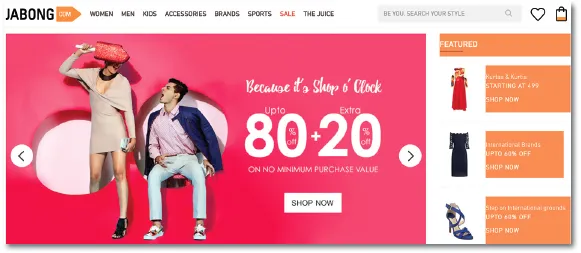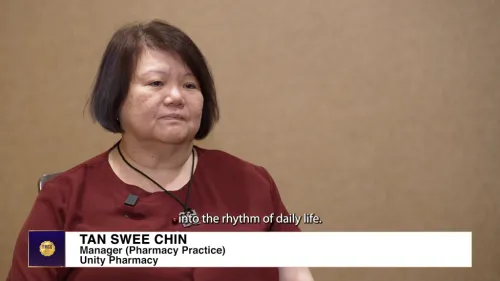
Three key emerging trends impacting India's online retail market
Research firm Technavio’s latest report on the online fashion retail market in India highlights three key emerging trends predicted to impact market growth through 2020. Technavio defines an emerging trend as something that has potential for significant impact on the market and contributes to its growth or decline.
“Online retailers are focusing on reaching out to small towns by improving their supply chain capabilities, broadcasting television commercials, providing easy payment options such as COD, and by offering coupons and discounts. It has been observed that rural shoppers do not restrict themselves to products from Indian entrepreneurs alone. They are also importing products from sellers worldwide. This is encouraging vendors in the market to span out into the rural market in India,” said Poonam Saini, one of Technavio’s lead industry analysts for retail goods and services.
Technavio’s market research study identifies the following three emerging trends expected to propel the online fashion retail market in India:
- Increased penetration in Tier 2 and Tier 3 cities;
- Demand for private label brands; and
- Distribution of consumers between mobile application and websites.
Increased penetration in Tier 2 and Tier 3 cities
Online fashion retail in India is expected to register an increased participation from Tier 2 and Tier 3 cities. Sales to consumers outside the metropolitan areas account for nearly half of the total sales from leading online retailers such as Jabong, Myntra and Indiatimes. Shopping for fashion products is increasing in these cities due to the growth in Internet penetration, exposure and affordability, said Technavio.
In addition, limited penetration of branded brick-and-mortar stores among non-urban consumers is also increasing the demand for online retailing. Companies such as Amazon and Flipkart are in talks with the Indian government to improve the postal service with the aim of delivering products within 24 hours in any part of the country.
The apparel and accessories segments are expected to grow exponentially during the forecast period in these cities. Increased reach in Tier 2 and Tier 3 cities will therefore make online retailers more attractive to suppliers and enhance their bargaining power. Companies are trying to capture this unexplored market. Amazon, for instance, tied up with Indian Railway Catering & Tourism Corporation (IRCTC) last year to reach out to customers in Tier 2 and Tier 3 cities.
Improvement in customer support services
Technavio added that online fashion retailers are increasingly focusing on improving their consumer support services to enhance the overall online shopping experience. Services such as online tracking of shipments, round-the-clock customer support and a 100% purchase protection are commonly offered by vendors in this space. Consumers get updates through messages or emails through the entire purchase and delivery process.
Vendors also offer easy return policies and online cancellation services to their customers.
Players are now focusing on forward and backward integration in the value chain to shorten delivery cycles. For instance, Flipkart acquired a 34% stake in MapMyIndia last year to improve its GPS navigation and provide tracking location. The company looks to consolidate their supply chain and logistics to expand in new geographies.
Last March, Snapdeal acquired a 20% stake in GoJavas, a logistics provider, to deliver products within four hours in selected cities. This trend is therefore predicted to foster the growth of this market until 2020.
Distribution of consumers between mobile application and websites
Mobile applications have a huge impact on the growth of the online fashion retail market in India. These apps are a faster alternative to mobile Web browsing that allow consumers to shop on the go. Companies are coming up with more sophisticated apps designed to leverage each functionality on specific operating systems such as Windows, Android and iOS.
The launch of different apps not only provides convenience to consumers, but also helps them gain special discounts and offers that are available only for purchases made through these apps. Mobile apps also offer a more personalised online shopping experience and increase customer engagement. Additionally, vendors are able to reduce their operational and technology costs as the dual expenditure on mobile websites and application are reduced.
However, 15%-20% of consumers in India are still inclined towards Web shopping. As such, the popular online fashion retail company Myntra, which shut down its own desktop website presence by adopting an app-only strategy last year, has relaunched it last month for customers who want to shop for products through its website.
Overall, online retailers are trying to have a balance between mobile applications and websites to cater to their market.



















 Advertise
Advertise






